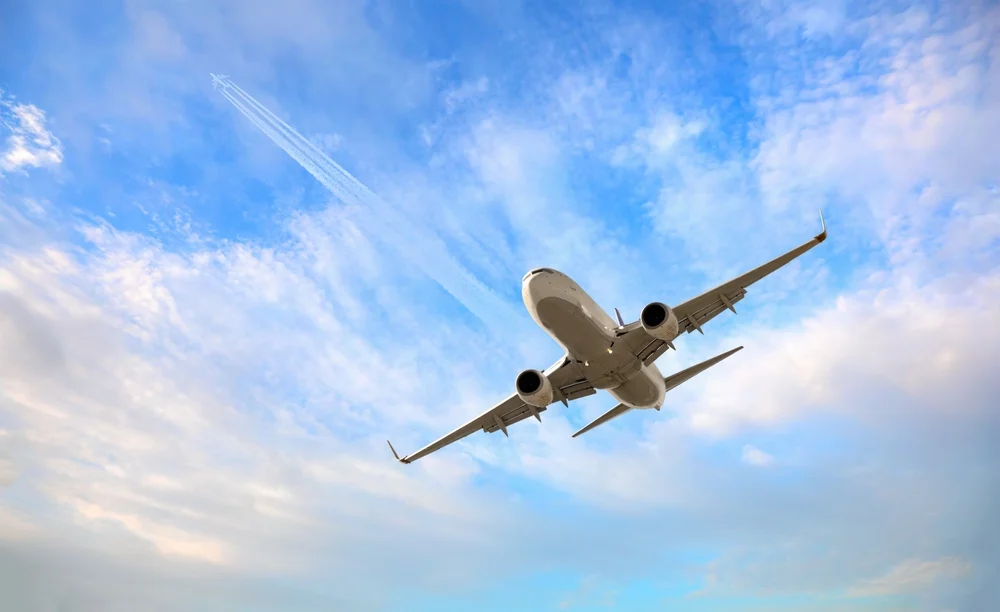 Representative Image
Representative ImageThe domestic airline industry will see operating profit moderate 11-14% to Rs 20,000-21,000 crore this fiscal from Rs 23,500 crore last fiscal, because of muted demand in the first quarter and an expected decline in yields. This contrasts with the strong recovery seen in the three fiscals post the Covid-19 pandemic.
Driven by lower operating profit, debt metrics of airlines will moderate this fiscal (see chart 1), however, overall credit profiles will remain stable driven by healthy liquidity and planned equity infusion by some airlines.
Our analysis of three airline groups3, which account for more than 90% of India’s air traffic, indicates as much.
In the first quarter of this fiscal, the industry faced two disruptions. One, tensions along India’s western border led to the closure of operations at several airports for a week, with the ensuing airspace restrictions resulting in rerouting of international flights and elongated flying times. Two, a major aircraft mishap in June weakened demand sentiment and prompted the impacted airline to announce capacity reductions amid heightened safety checks.
These headwinds led to softer demand and lower capacity deployment, resulting in passenger traffic4 growth slowing to 5.2% on-year in the first quarter, compared with 7.1% in the corresponding quarter last fiscal.
However, the second half of this fiscal (typically accounts for 50-55% of annual traffic) is expected to see faster growth, as the disruptions gradually ease, leading to a traffic growth of 7-9% for this fiscal (see Table 1), in line with the 8.1% growth last fiscal. While fleet additions will be limited due to slow aircraft deliveries, operational fleet will grow as groundings decline. After a weak first quarter, airlines will likely boost passenger load factors by adjusting yields.
Says Gautam Shahi, Director, Crisil Ratings: “Despite steady traffic growth, sustaining the passenger load factor will come at a cost—that of a moderation in yields—this fiscal, predominantly because of subdued demand in the first quarter. Passenger yield is seen correcting 2-4% compared with an uptick of 3% last fiscal. Additional costs
associated with rerouting of flights because of airspace restrictions would also have a bearing on the operating profitability of airlines. While this will be partially offset by an 8-10% decline expected in fuel costs (35-40% of the total operating cost) owing to lower global crude oil prices, operating profit will still be lower.”
Nevertheless, the long-term attractiveness of the Indian aviation sector will continue to encourage capital expenditure (capex). The expected gross addition of 50-60 aircraft this fiscal is likely to push up debt (including capitalised lease liabilities). Liquidity will improve following planned equity infusion by some airlines and higher cash and equivalents as most airlines continue with their strategy of sale and leaseback for new fleet additions.
Says Vinit Patil, Team Leader, Crisil Ratings: “Given the fleet expansion, we expect the net debt (including lease liabilities) of the airline industry to increase 10% on-year to Rs 1.1 lakh crore by March 2026 despite improved liquidity. This, coupled with lower operating profit, could weaken credit metrics, with net debt to operating profit ratio likely to rise to 5-5.5 times this fiscal, up from 4.3 times last fiscal.”
Notwithstanding the temporary setback this fiscal due to lower yields, the medium-term credit outlook for airlines remains stable, driven by a gradual rebound expected in passenger traffic growth, combined with lower costs with moderation in both, fuel prices and aircraft grounding-related costs. Net-net, enhanced yield-cost dynamics put airlines in a favourable position to attract capital and maintain comfortable capital structure.
Table 1: Key figures included in Crisil Ratings’ analysis
| Particulars | Unit | FY24 | FY25 | FY26P | YoY change (%)
for FY26 over FY25 |
| Passengers carried | Crore pax | 22.3 | 24.1 | 25.8-26.2 | 7% to 9% |
| Domestic | Crore pax | 15.4 | 16.4 | 17.4-17.6 | 6% to 7% |
| International | Crore pax | 7.0 | 7.7 | 8.4-8.6 | 9% to 12% |
| Yield | Rs per seat km | 5.8 | 6.0 | 5.75-5.85 | -2% to -4% |
| Fuel cost | Rs per seat km | 1.96 | 1.78 | 1.60-1.64 | -8% to -10% |
Note - P: Projected
Source – DGCA, Annual financials of airlines, Crisil Ratings’ analysis




















